Super balanced vegetarian diet: find out why you should introduce foods that replace meat in your daily meals.
Is it possible to live without eating meat? Yes of course! Let the approximately 375 million vegetarians in the world say so. However, you don’t have to become a vegetarian to start exploring foods that replace meat and vary your diet.
Whether for health reasons (the proteins present in meat are almost always associated with fat) or environmental reasons, foods that replace meat are a good opportunity to vary your diet in a healthy way.
A very common mistake among those who stop eating meat is to start looking for a single food to replace it, given that there is no food that in itself is equal to meat. What exists is a vast set of foods that replace meat when combined and integrated into a balanced and varied diet.
FOODS THAT REPLACE MEAT: THE NUTRIENTS THAT REQUIRE MORE ATTENTION
Protein is the main nutrient we remove from meat and replacing it is the biggest concern for those looking for alternatives, since most vegetable proteins are not proteins of high biological value like those present in meat. However, through a varied diet, it is not difficult to obtain the necessary protein intake and ensure good absorption by the body.
Vitamin B12, being a vitamin that only exists in foods of animal origin, can become a problem for strict vegetarians, making it necessary to resort to supplementation.
Finally, meat, especially red meat, is very rich in iron, a mineral essential for transporting oxygen to tissues and preventing anemia. While the iron in meat is very bioavailable, the same cannot be said for the iron present in many foods of plant origin.
THE MAIN MEAT SUBSTITUTES
Fish and eggs
They are equivalent to meat in terms of protein intake, as they also contain proteins of high biological value and good digestibility. They have the advantage of having a lower fat content , mainly saturated fatty acids (the most harmful to health), and being rich in polyunsaturated fatty acids , such as omega 3 , which are highly beneficial for brain and cardiovascular health.
Soy
Soy is, without a doubt, one of the foods most used to replace meat. This legume is considered a complete food because it is rich in proteins of high biological value.
Soy can be found in the form of grains (similar to beans), soybean sprouts (which can be consumed raw in salads, cooked or stewed), in granulated form (in thin or thick pieces) or even in steak form.
However, the best way to consume soy is in its fermented form, as is the case with miso, tempeh and natto, as no nutrients are lost from the soybean. Other alternatives include: tofu, soy drinks and soy yogurts.
Tofu
Tofu, also called soy cheese, is made from curdled soybean beverage. It is an important source of protein and minerals, namely calcium, containing around 50 mg more calcium than cow’s milk.
It is normally sold in blocks and has a smooth, smooth texture that takes on the flavor of any sauce or seasoning.
Seitan
It is part of the regular diet of those who follow vegetarian diets, but it is still unknown to many people. It has a brownish color, spongy texture and an appearance that is not always attractive.
As seitan is a derivative of wheat, it contains gluten, the protein present in this cereal, and should therefore not be consumed by celiac patients.
From a nutritional point of view, seitan provides protein, is easy to digest, has no cholesterol and has fewer calories than meat. Depending on the type of flour used, seitan contains up to 75 g of protein per 100 g of product.
It is cooked in the same way as meat, and can be boiled, grilled, stewed or roasted in the oven.
Legumes
Legumes, in addition to being versatile, are quite nutritious. Although none are as rich as soy, beans, chickpeas, peas or lentils also play a prominent role in the diet due to their high protein content.
- Chickpeas: within legumes, chickpeas are the champion in protein, providing 23 g of protein for every 100 g. In addition to its protein content, it is rich in tryptophan, an essential amino acid for the production of serotonin, responsible for the feeling of well-being and satisfaction.
- Beans: rich in potassium, phosphorus, zinc and iron, also having a high protein composition and no fat, which makes beans a food with great advantages for replacing meat meals.
- Peas: contain proteins that are easier to digest compared to other legumes and have an ideal amino acid profile for athletes. For this reason, pea protein has been increasingly used in protein supplements for athletes.
- Lentils: have a similar amount of protein to beans, however, they provide twice as much iron as beans, making them ideal for preventing anemia.
Mushrooms
Although they are not exactly a food rich in protein (they provide 2.5g per 100g), mushrooms are included in the group of foods that replace meat because they have a higher protein content than most other vegetables. Furthermore, its texture and flavor, although not completely the same as meat, are relatively similar and help to replace it in countless recipes.
Traditional in Japanese cuisine, they have powerful antioxidants, are practically fat-free and very rich in folic acid. The strong flavor, good concentration of fiber and low amount of calories are other reasons to include them in your diet.

